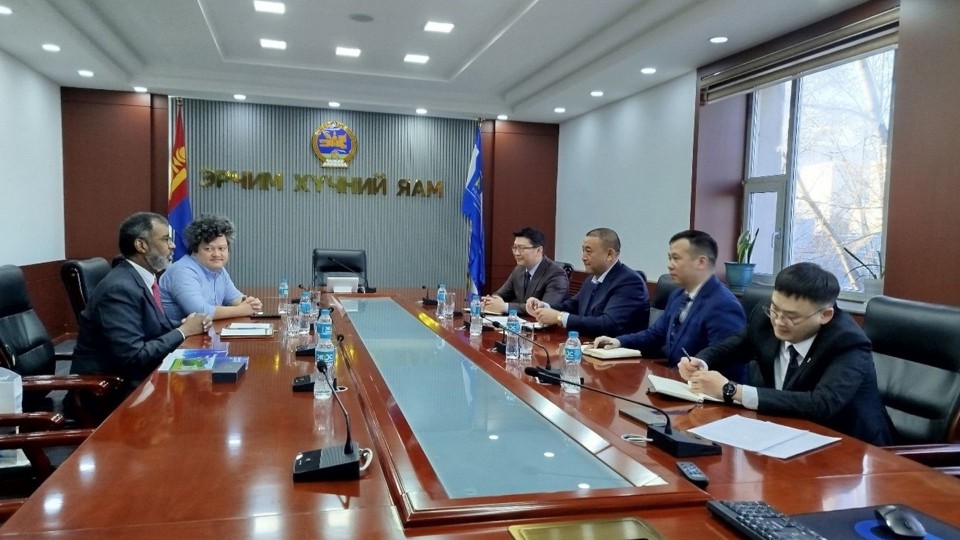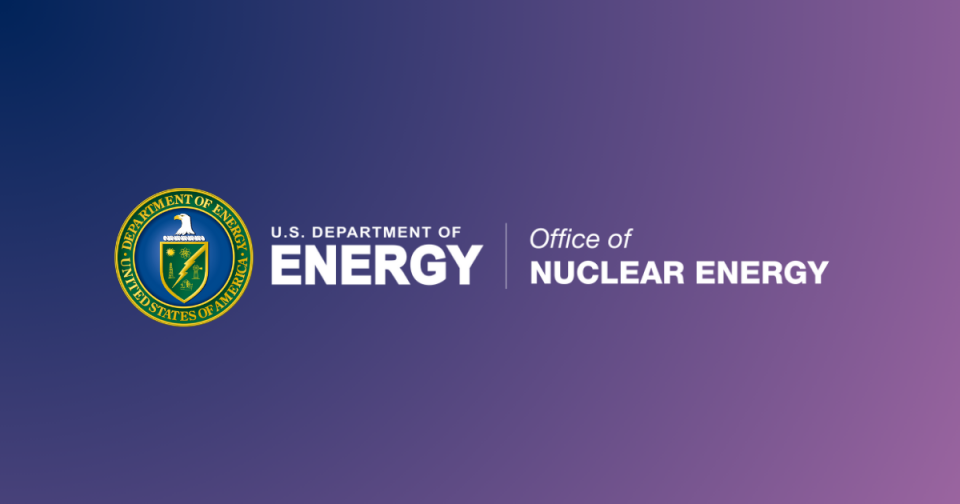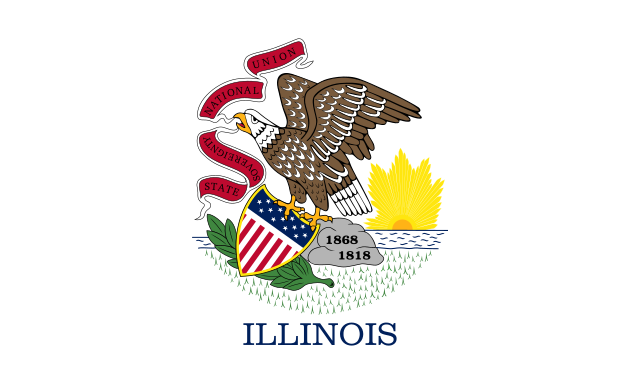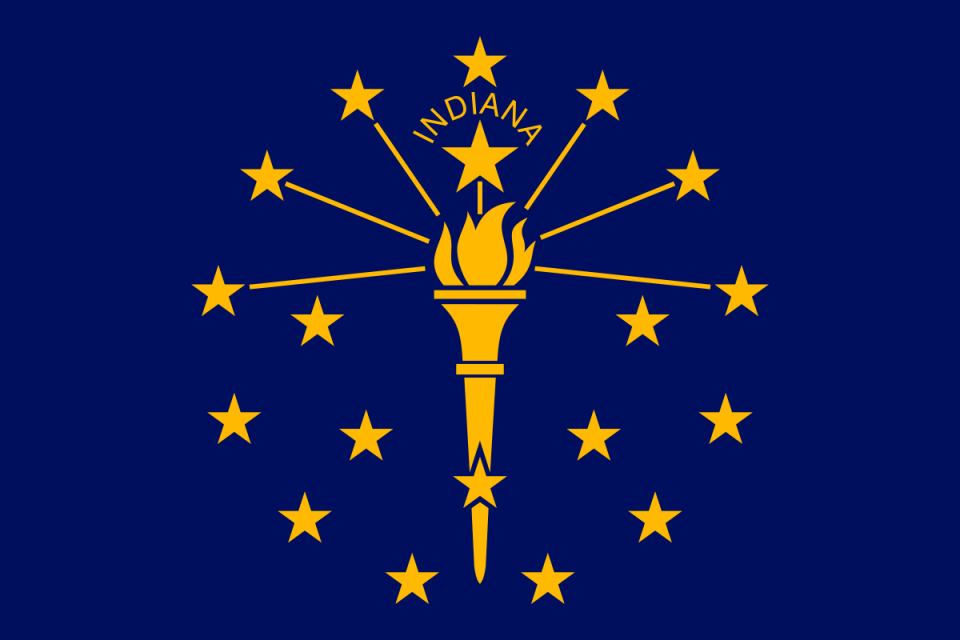Touring: One unexpected perk of my role as Miss Wisconsin has been the opportunity to tour some incredible facilities in the nuclear industry. In October, my dad and I had the pleasure of seeing NextEra Energy's Point Beach nuclear power plant in Two Rivers, Wis.
This was not my first power plant tour; I have previously been to the Braidwood and Byron nuclear generating stations in Illinois during my time as a co-op employee with Exelon Nuclear. Even so, I felt jitters driving into the Point Beach plant. There’s something inspiring about seeing an engineering marvel like a nuclear power plant. Point Beach is probably the most scenic plant I have toured. Maybe it's because it’s in my home state, maybe because of the “Nuclear Road” sign near the plant, but I have a feeling it has to do with the drive along Lake Michigan and the unbeatable view across the lake.
I looked at this power plant with an element of curiosity and tried to identify which pipes were what, looked at the fuel bundles in the spent fuel pool to figure out which ones were the oldest, and inspected turbines and pump systems. Meanwhile, my dad, a retired civil engineer, was asking about what type of concrete surrounded the spent fuel pool to hold up so well over such a long time. This proves one of the statements I like to make about nuclear engineering and nuclear power: Nuclear engineering is the melting pot of all engineering. We need chemical knowledge, mechanical knowledge, nuclear knowledge, and concrete (civil) knowledge, along with so much more. These power plants aren’t the work of one person, but the work of many brilliant minds put together. That’s the thrill of nuclear power to me.
At UW–Madison: Shortly after my tour of Point Beach, I visited the University of Wisconsin’s nuclear reactor in Madison in support of the Max Carbon Legacy Celebration. (Far from my first visit, I’ve worked with this research reactor before in labs and have operated it in classes.)
The Carbon celebration attracted Department of Engineering Physics alumni, who were given tours of the department and the reactor. As I interacted with the visitors—some of whom were former reactor operators, and some of whom were the first to receive nuclear engineering degrees from UW-Madison—the most frequent question I was asked was what had changed.
It made me chuckle; one alumnus summed up his tour by saying, “A lot of things have changed, yet nothing has changed.” Continuous progress is always happening, even at the student and campus reactor facility levels, but one thing remains constant: the commitment to safety and the commitment to creating good engineers at UW-Madison. That alum’s observation speaks to the culture of the entire nuclear industry in my eyes. The control panels may be switching to digital, or maybe a pump has been replaced, but ultimately a power plant is still functioning almost the same as it was 65 years ago when the first commercial nuclear plant came on line. A lot has changed, yet the goal of keeping the public safe hasn’t changed.
Climate change and SMRs: One thing that has fundamentally changed is environmental awareness. It’s not uncommon these days that when recent graduates are asked about why they went into nuclear engineering, they respond, “To help fight climate change.” That environmental awareness and attention toward climate change has shifted the conversation politically, too. This has brought nuclear energy back to the table at a variety of international conferences, which is something that hasn’t been seen for many years. Nuclear fission can power a cleaner future.
The Point Beach plant and UW nuclear reactor are two of the main fission facilities in Wisconsin. While my home state is lucky to have these resources for educating students, it shouldn’t stop here. A state like Wisconsin would be a great location for one of the nation’s first small modular reactors. It’s a realistic possibility, too, as power companies in Wisconsin have had the opportunity to speak with SMR companies at various panels and conferences. Wisconsin has the least number of earthquakes of any state in the U.S., and relatively calm weather year-round. The biggest challenge may be our cold, snowy winters—but this can be quite beneficial to nuclear power plants. Colder water and air temperatures result in colder coolant, which removes more heat from the reactor cores. In fact, most nuclear power plants are most efficient during colder winter months. Snow probably poses more of a threat to power plants—not to the plant itself, but, because of dangerous driving conditions, for employees when they commute to work. If Wisconsin’s version of “extreme” weather is beneficial for nuclear power, why not explore alternatives like SMRs further? Wisconsin was once the home of the first hydroelectric power station, so why not make it the first home of yet another revolutionary power source?
Grace Stanke is an undergraduate nuclear engineering student at the University of Wisconsin–Madison. She is taking a hiatus to fulfill her duties as Miss Wisconsin 2022.
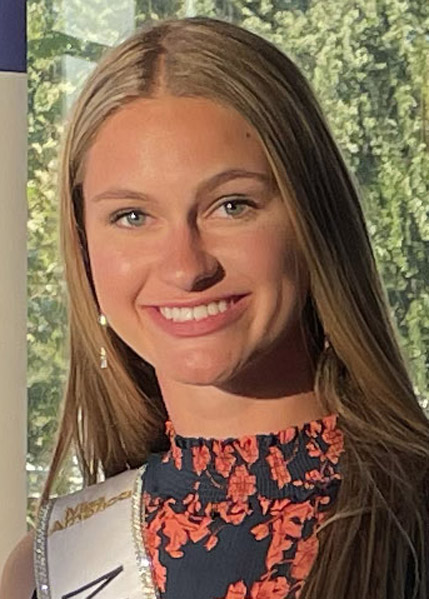


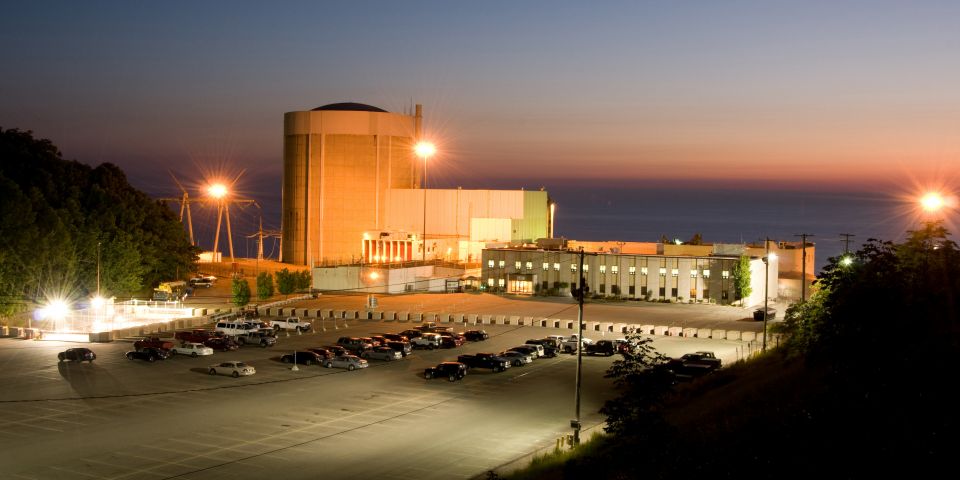
.svg.png)
